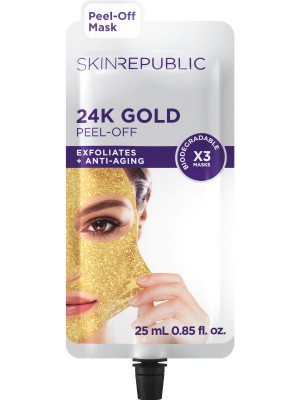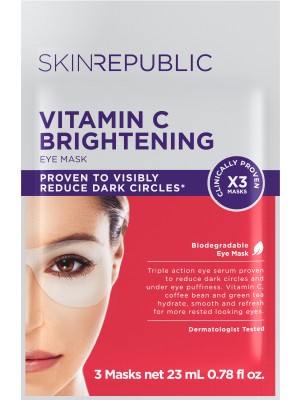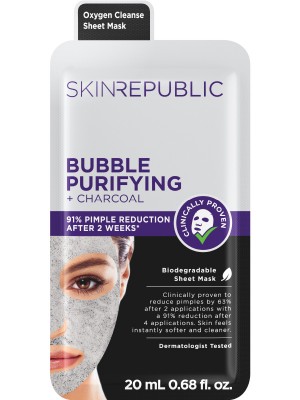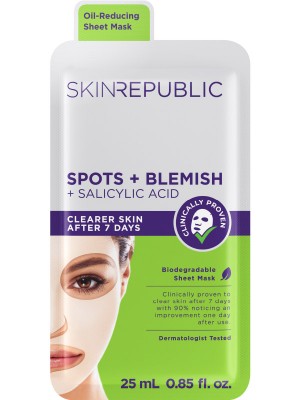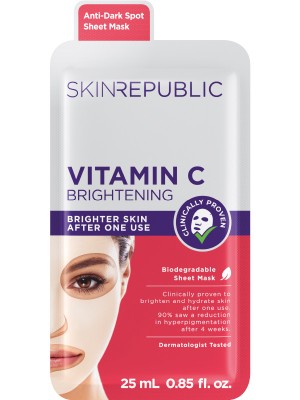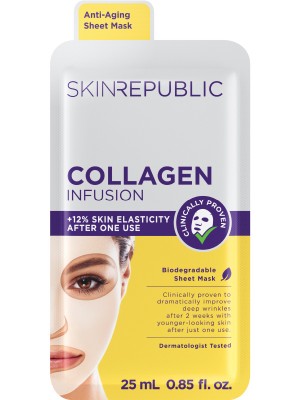LEARN YOUR SKIN TYPE!
Created Date: 24 Jul

Normal skin: The pores on the skin are of average size, and there may be more pores on the nose and chin compared to the eye area and cheeks. These areas may be oilier than the eye area and cheeks, but problems like acne and blackheads are not common. The skin can be less oily in hot weather and drier in cold weather. To maintain the quality and beauty of the skin as you age, it needs to be supported with the right skincare products from an early age. Normal skin is also referred to as the highest quality skin. Even though the skin is normal, it still needs external support with the use of appropriate products. Age-appropriate creams and masks, especially those specialized for aging, can provide the necessary care for the skin.
Dry skin: Dry skin has a thin outer layer and small pores. Due to lower sebum production, dry skin has a dull appearance. The moisture level is very low, making the skin feel tight, and cracks may form in areas with fewer pores. The worst aspect of dry skin is premature wrinkling and thinness of the cheeks. Factors such as wind, harsh weather conditions, and UV rays can damage dry skin. If people with this skin type apply proper care from a young age, they can prevent premature aging. Nourishment and moisturization are particularly important for dry skin. If you have dry skin, the first thing you should do is regularly provide your skin with water. For example, use water-based creams and consume at least eight glasses of water per day. For dry skin exposed to wind or air conditioning, intensive night repair should be used at certain times, and moisturizer should be applied at least twice a day. Disposable masks have a great effect on dry skin.
Combination skin: The most common skin type is combination skin, where the T-zone (forehead, nose, chin) is oily, while the other areas can be dry. Finding suitable skincare products for combination skin is not easy as its balance can be easily disrupted. In fact, all skins are combination skin, and their care should be done separately for two different areas. Moisturizing products should be used on dry and normal areas, while oil-absorbing products should be used on oily areas. It is important to avoid tonics, peeling masks, and harsh products containing alcohol on the T-zone. For skincare, nourishing masks, moisturizers that protect from sunlight, and night creams for benefiting from sleep should be used. To balance the moisture level in combination skin, suitable masks can be used regularly twice a week.
Oily skin: Oily skin tends to have a shiny appearance throughout almost all areas of the face. The pores are filled, and this skin type is prone to acne and blackhead formation. Due to overactive sebaceous glands, there is a high possibility of acne formation. Although oily skin may have fewer lines and can maintain its firmness for a longer time, lack of proper care can lead to sagging. With advancing age, numerous deep lines become visible rather than wrinkles. Despite all these negatives, oily skin also has some positive aspects. For example, the epidermis (the outer layer of the skin) protects the skin from external factors and delays aging. With the proper use of creams and especially masks, excess oil on the skin can be controlled.

